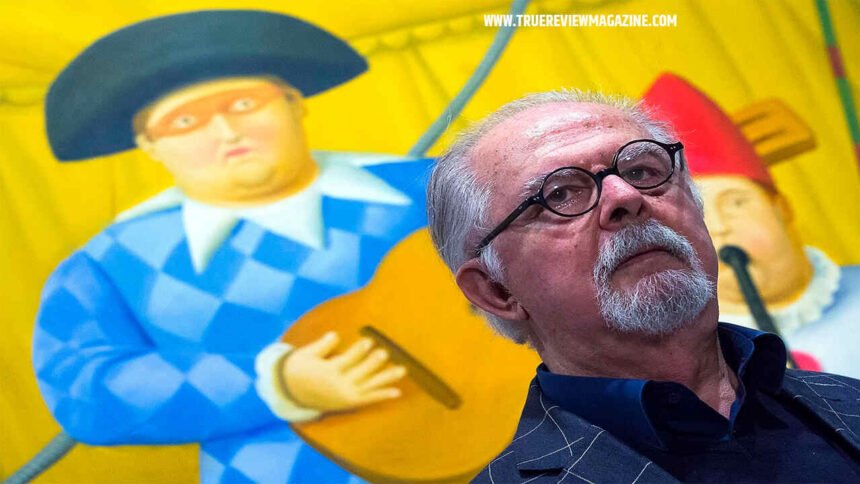Fernando Botero, a celebrated Colombian artist renowned for his distinctive depictions characterized by plump, exaggerated forms in both people and objects, has passed away at the age of 91. His daughter, Lina Botero, confirmed the news, revealing that her father had succumbed to complications from pneumonia in Monaco.
Botero‘s artistic legacy is defined by his unique style, marked by vibrant colors and inflated, bulbous shapes. His work encompassed a wide range of subjects, from politicians and animals to saints and scenes from his own childhood, becoming iconic symbols of Colombian art with worldwide recognition.
Throughout his lifetime, Botero attained international acclaim and influence, transcending his humble beginnings. His paintings graced museums worldwide, while his imposing bronze sculptures adorned parks and avenues across Europe and Latin America.
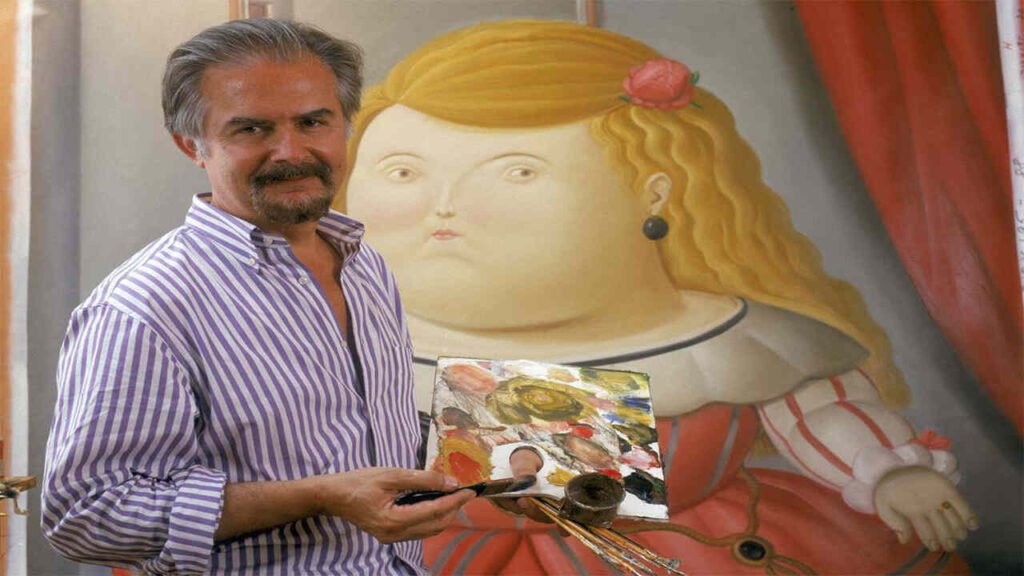
Botero’s artwork commanded significant sums at international auctions, and his philanthropic contributions to Colombia were equally noteworthy. He generously donated 23 statues, now a central attraction in downtown Medellin’s park. Additionally, he gifted 180 paintings to Colombia’s Central Bank, leading to the establishment of the Botero Museum in Bogota. One of his most notable sculptures, a plump white pigeon proudly perched on a pedestal, became a symbol of Colombia’s pursuit of peace with rebel groups and found a prominent place in a gallery within the presidential palace.
Many Colombians held a fondness for Botero’s art due to its nostalgic portrayal of early 20th-century Colombia, where characters donned bowler hats and neatly trimmed mustaches. His vibrant canvases transported viewers to a colorful world of green hills and lush trees, amidst homes crowned with clay roof tiles.
President Gustavo Petro paid tribute to Botero, stating, “The painter of our traditions and our defects, the painter of our virtues has passed away. He painted violence and peace. He painted the pigeon that was rejected a thousand times and placed on a throne a thousand times.”
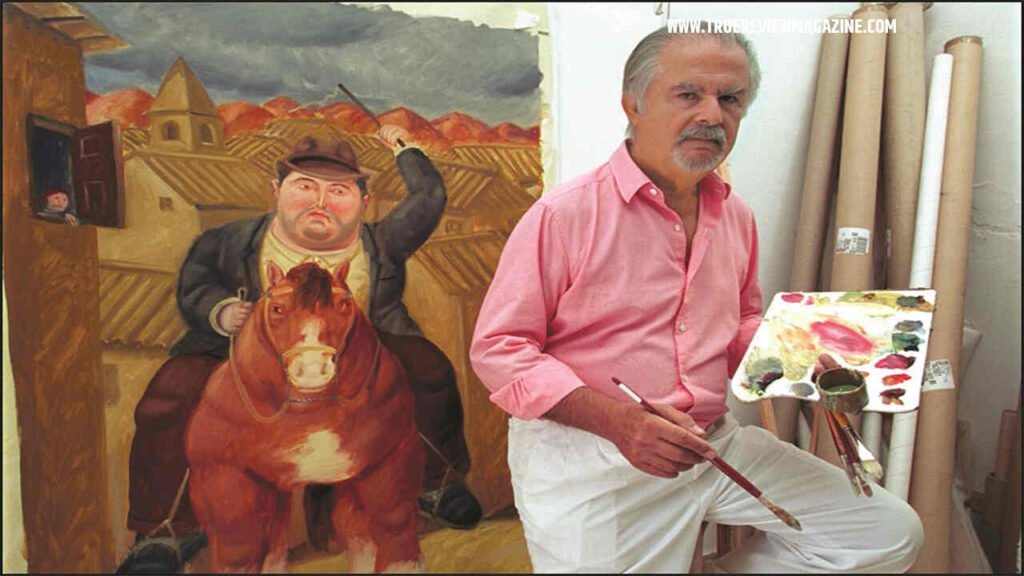
Fernando Botero was born on April 19, 1932, in Medellin, Colombia. His artistic journey began at a young age when he sold sketches of bullfights to fans outside the city’s bullfighting arena. Supported by his mother, he decided to dedicate his life to the arts at the age of 14, despite having to finance his own studies.
Botero’s artistic career took off with a group exhibition in Bogota during his teenage years, followed by his first solo exhibition in 1951. He further honed his skills by studying at the Royal Academy of Fine Arts of San Fernando in Madrid and exploring the works of Diego Rivera and José Clemente Orozco in Mexico.
Throughout his life, Botero married and divorced twice, with his marriages producing three children. Tragedy struck in 1974 when his son, Pedro, lost his life in a car accident in Spain. Botero commemorated his son’s memory through the poignant painting “Pedrito.”
In the 1970s, Botero ventured into sculpture, working with bronze, marble, and cast iron, earning tremendous acclaim. He later returned to painting, alternating between the two disciplines. His artwork depicted scenes from daily life, addressed political themes, and explored historical events.
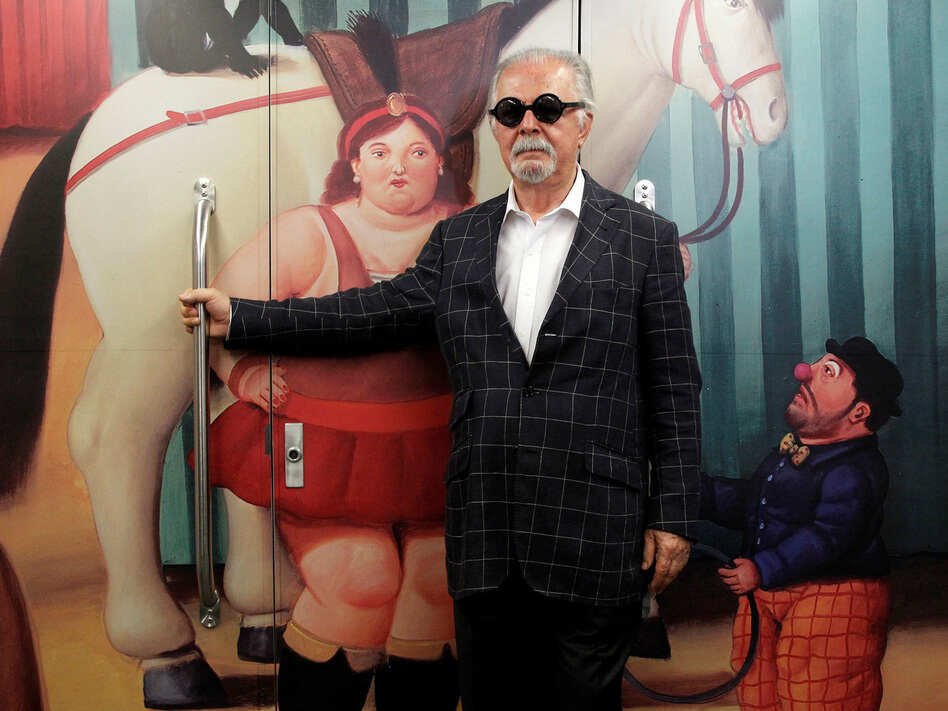
Notably, in 2005, Botero created a series of 79 paintings addressing the Abu Ghraib prison scandal, portraying the torture of Iraqis by U.S. soldiers. His efforts to exhibit these paintings in the United States culminated in an exhibition at the University of California Berkeley.
Botero’s dedication to his craft remained steadfast, painting daily, from morning until night, in absolute silence. His son, Juan Carlos Botero, attested to his discipline, emphasizing the absence of breaks for holidays or special occasions. Fernando Botero leaves behind a prolific body of work, leaving an indelible mark on the world of art.
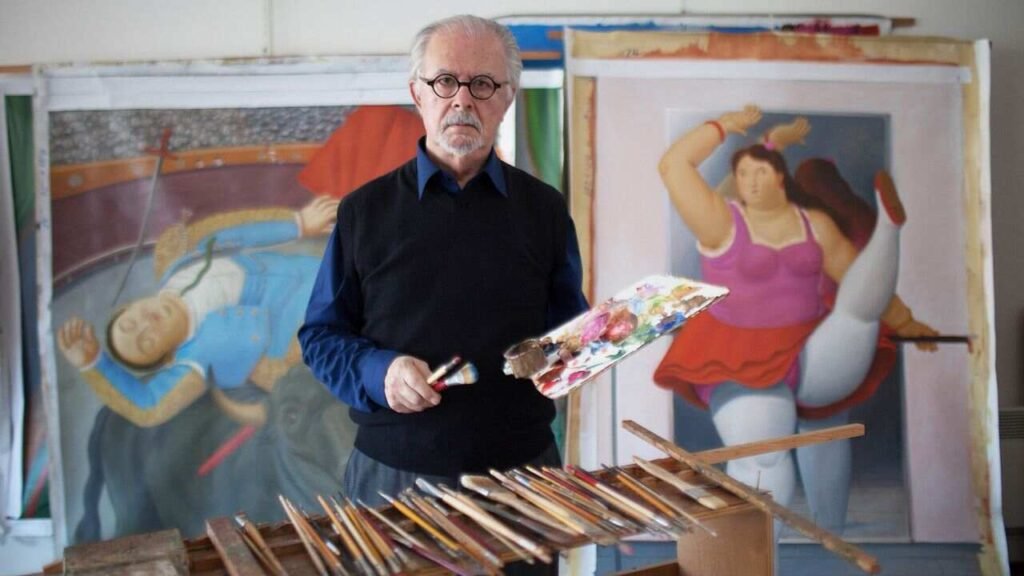
Click here : https://truereviewmagazine.com/




